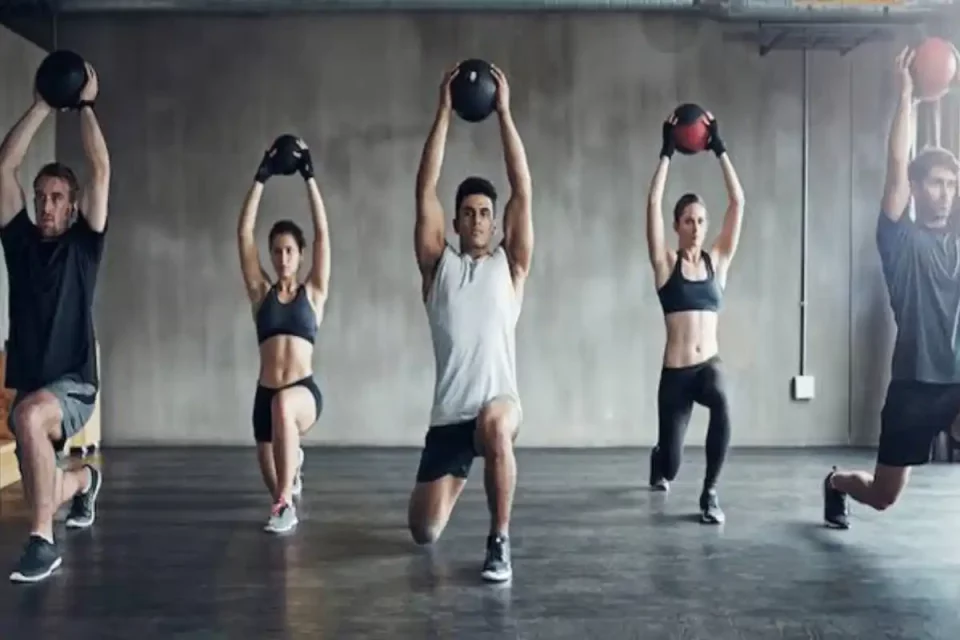Functional Training: What Does it Consist of?: Functional training is a kind of training that modifies the traditional objectives of classic training, which used to be or those of high-performance sports for elite athletes, so the strength training they used was aimed at achieving the best body conditions for competition in different disciplines or those of bodybuilding type muscle building whose main objective was to achieve maximum muscle development with a more aesthetic than functional approach. Instead, what you are looking for in practical training is to get an exercise routine that is useful to anyone, whether you are an athlete or not, and that this training helps you be in shape for your day-to-day.
[FUNCTIONAL TRAINING]: FEATURES
- Functional training must pursue the objective of being useful for any user. Helping them to be more efficient and healthy in their daily movements.
- Functional training seeks to work the muscles through the pretend of everyday life. The developed exercises repeat parameters similar to those of specific daily movements, such as walking, jumping, climbing stairs, lifting loads, dragging, etc.
- For a workout to be considered functional, it must engage all the body’s muscles, and the exercises must not work the muscles in isolation. Visit the website for more information.
LEARN TO IDENTIFY IT
To recognize if you are doing functional exercises, you must observe if they meet the following characteristics:
- You don’t do them sitting down. Try to accomplish your exercises in a standing position. When the body supported, the stabilizing muscles stop working. Without this participation, solid strengths but weak couplings are achieved.
- They are exercises of book weight and not analytical: Select exercises with free weights such as bars, dumbbells, kettlebells, medicine balls, etc. The forces and stimuli received will be much more natural than the modified force vectors in machines.
- Enter inertias and accelerations. In managing inactivity, the muscles perform a different job since eccentric braking or rapid contractions executed, important stimuli to achieve new force adaptations.
- Think big. The movements in the exercises of [functional training] must be general. That is, multiarticular practices that generate greater intermuscular coordination and are capable of mobilizing greater loads and, therefore, of applying more intense stimuli.
[Functional Training] EXERCISE IDEAS:
-Irons to work the core
-Squats with or without load
-Lunges
-Arm and triceps dips
– Dominated
-Started and loaded
-Deadweight
-Swing with kettlebell

